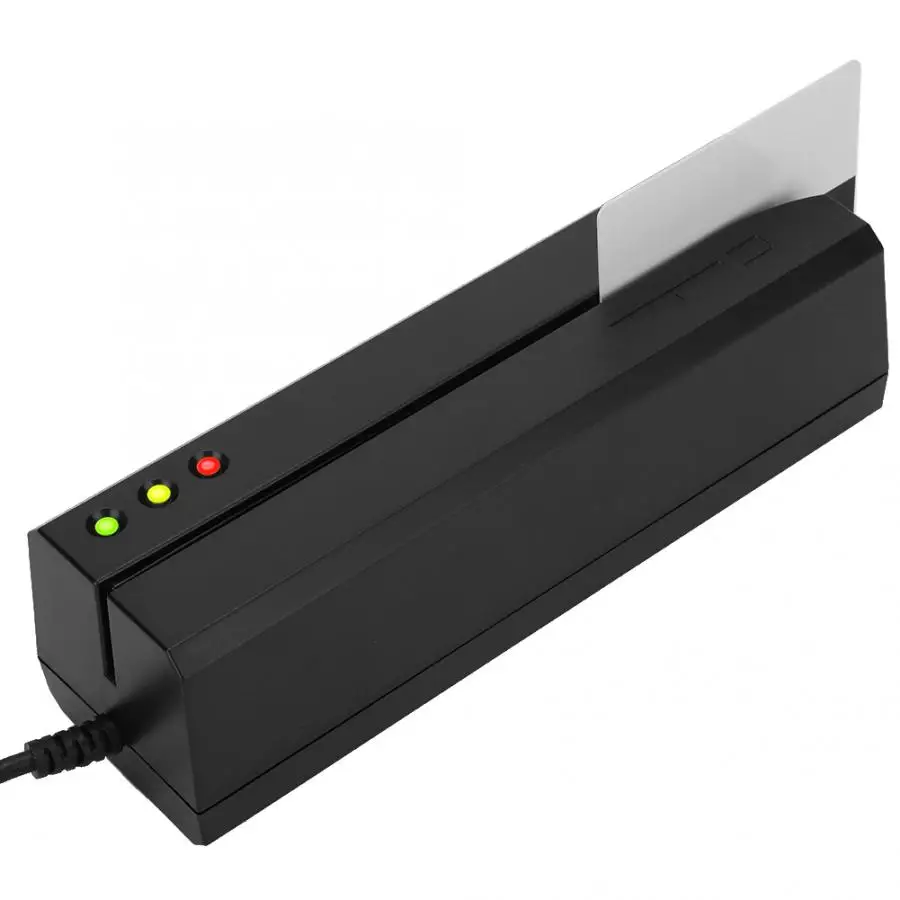
- HOW TO WRITE TO MSR606 WITHOUT HAVING THE CARD CODE
- HOW TO WRITE TO MSR606 WITHOUT HAVING THE CARD FREE
Accomplish this using a decorator that wraps the stories in a div with padding, like so:ĭecorators can be more complex and are often provided by addons. Your styles might expect a theme or layout wrapper, or your UI might expect specific context or data providers.Ī simple example is adding padding to a component’s stories. Components are often created with assumptions about ‘where’ they render. Using decoratorsĭecorators are a mechanism to wrap a component in arbitrary markup when rendering a story. Most addons are configured via a parameter-based API and can be influenced at a global, component and story level. This parameter would instruct the backgrounds addon to reconfigure itself whenever a Button story is selected. You might add a component-level backgrounds parameter: A story’s parameters can be used to provide configuration to various addons at the level of a story or group of stories.įor instance, suppose you wanted to test your Button component against a different set of backgrounds than the other components in your app. Parameters are Storybook’s method of defining static metadata for stories. Without the help of the play function and the you had to write your own stories and manually interact with the component to test out each use case scenario possible. For example, suppose you wanted to validate a form component, you could write the following story using the play function to check how the component responds when filling in the inputs with information:
HOW TO WRITE TO MSR606 WITHOUT HAVING THE CARD CODE
They're small code snippets that execute once your story renders. Storybook's play function and the are convenient helper methods to test component scenarios that otherwise require user intervention. That way, interactions (like clicks) get logged in the actions panel. For instance, Actions auto-detects which args are callbacks and appends a logging function to them. It means your team can dynamically change components in Storybook to stress test and find edge cases.Īddons can enhance args. That’s not all! Each of the args from the story function are live editable using Storybook’s controls panel. This pattern allows you to reuse your data definitions across the component hierarchy, making your stories more maintainable. When Button’s signature changes, you only need to change Button’s stories to reflect the new schema, and ButtonGroup’s stories will automatically be updated. For example, if we make a ButtonGroup story, we might remix two stories from its child component Button. What’s more, you can import args to reuse when writing stories for other components, and it's helpful when you’re building composite components. We copy the Template so each exported story can set its own properties on it.īy introducing args into your component's stories, you're not only reducing the amount of code you need to write, but you're also decreasing data duplication, as shown by spreading the Primary story's args into the other stories. Once you've created a flashcard for every term on your list, punch a hole in the middle of the right side of each card and hook them together for safekeeping with a keyring, ribbon, or rubber band.💡 Note: Template.bind() is a standard JavaScript techique for making a copy of a function.It doesn't have to be artistic, just something that reminds you of the definition. On the lower right-hand side, draw a small picture or graphic to go with the vocabulary word.(If you write a bland sentence, you're much less likely to remember it! Make the sentence creative, funny, or memorable in some way.


If part of speech isn't relevant (say, if you're studying for a history exam), categorize the word in some other way, e.g.

HOW TO WRITE TO MSR606 WITHOUT HAVING THE CARD FREE
Center the word horizontally and vertically, and be sure to keep the front of the card free of any extra markings, smudges, or doodles. On the front of the card, write one vocabulary word or key term.


 0 kommentar(er)
0 kommentar(er)
